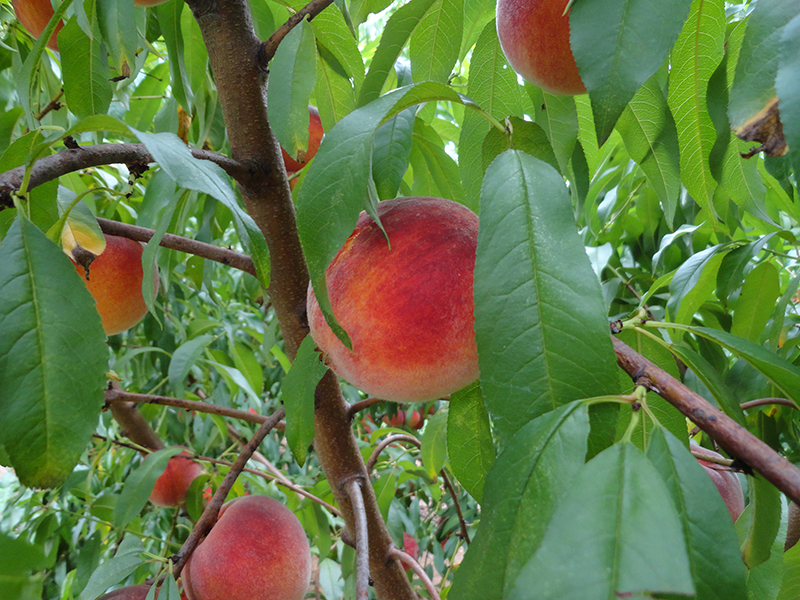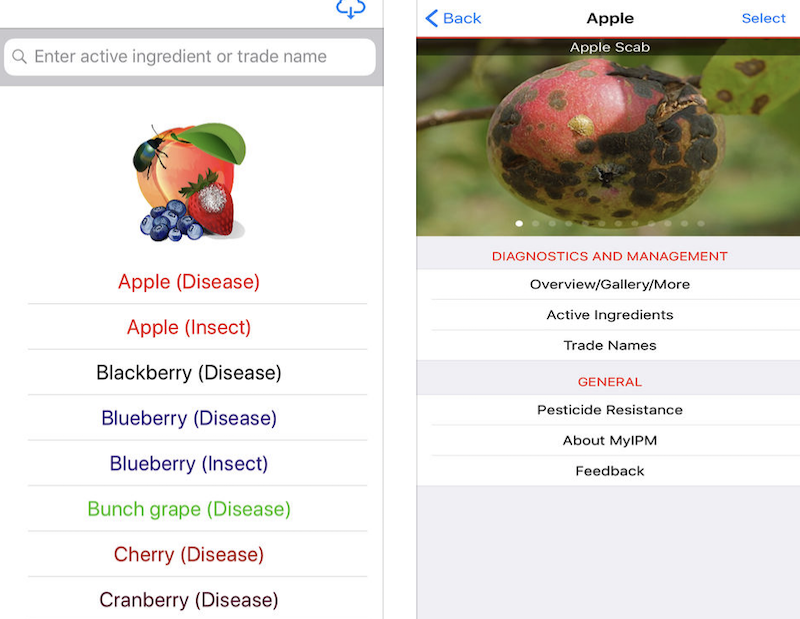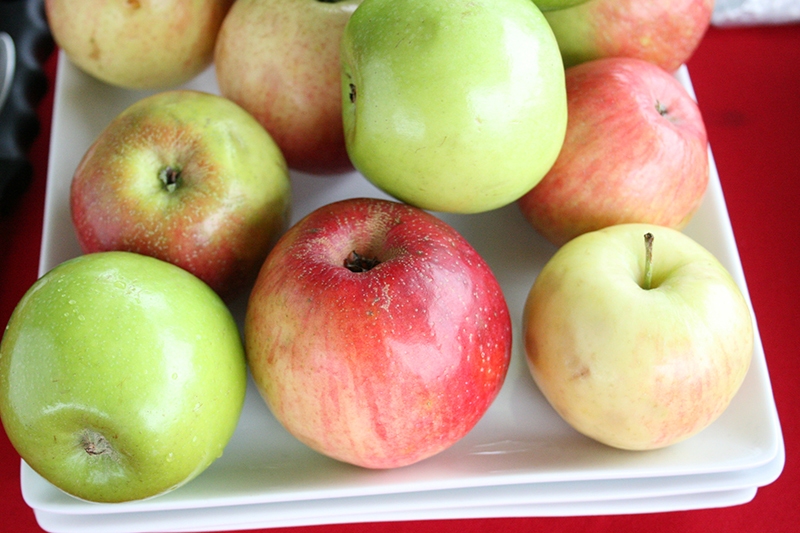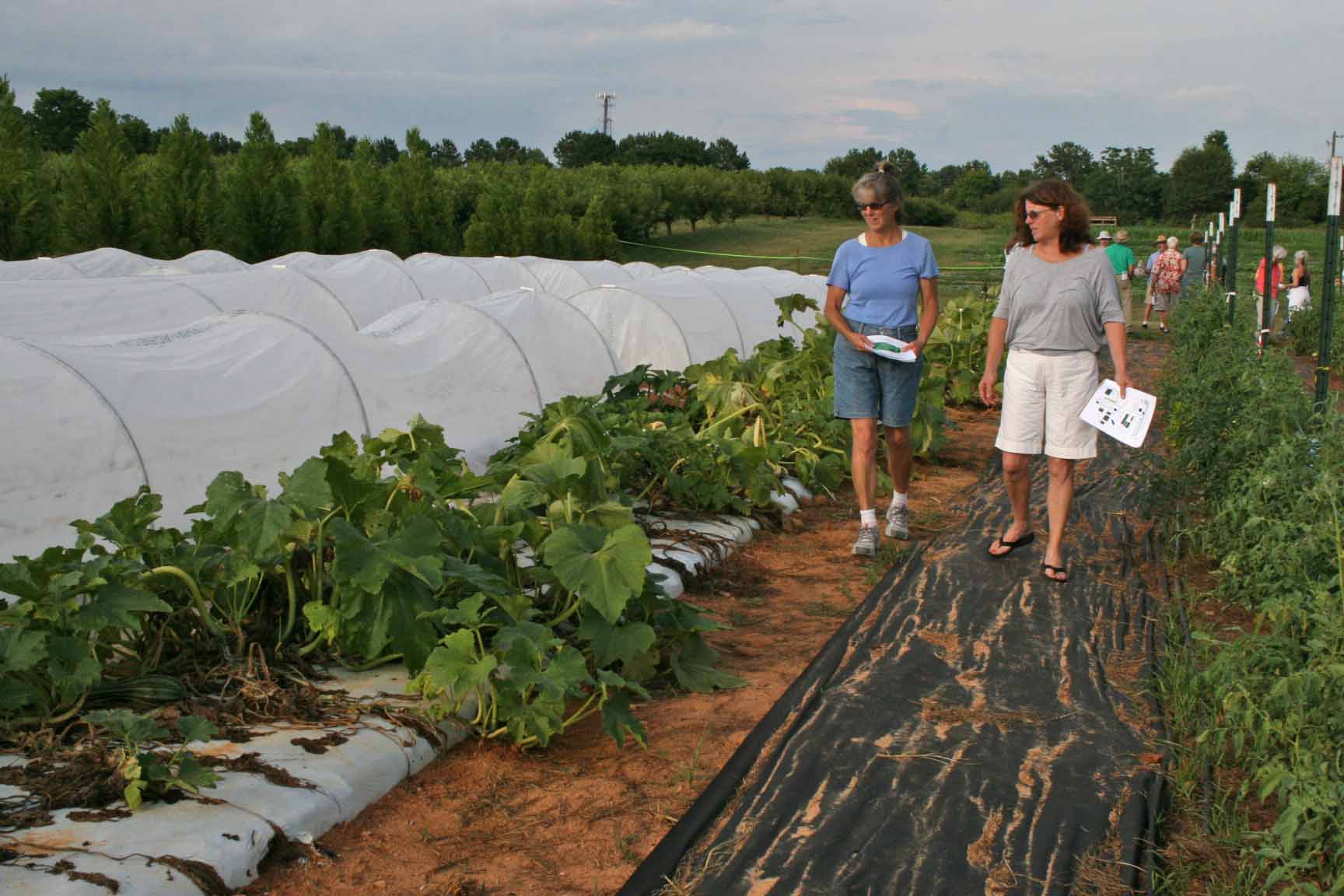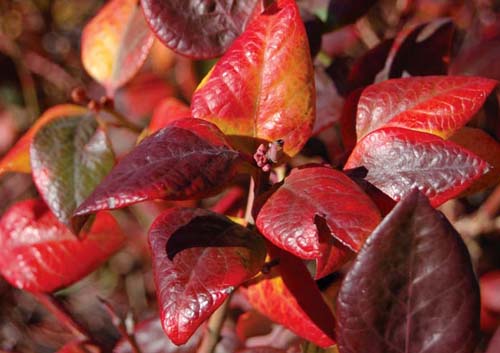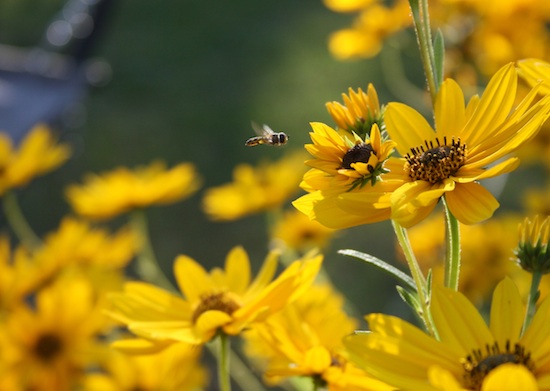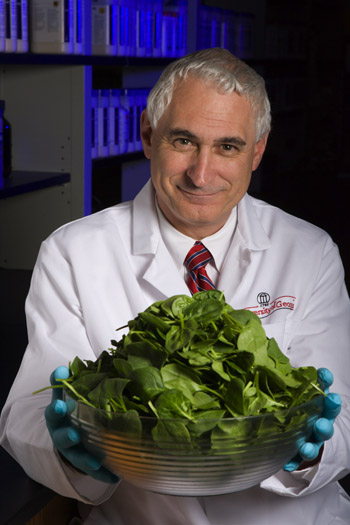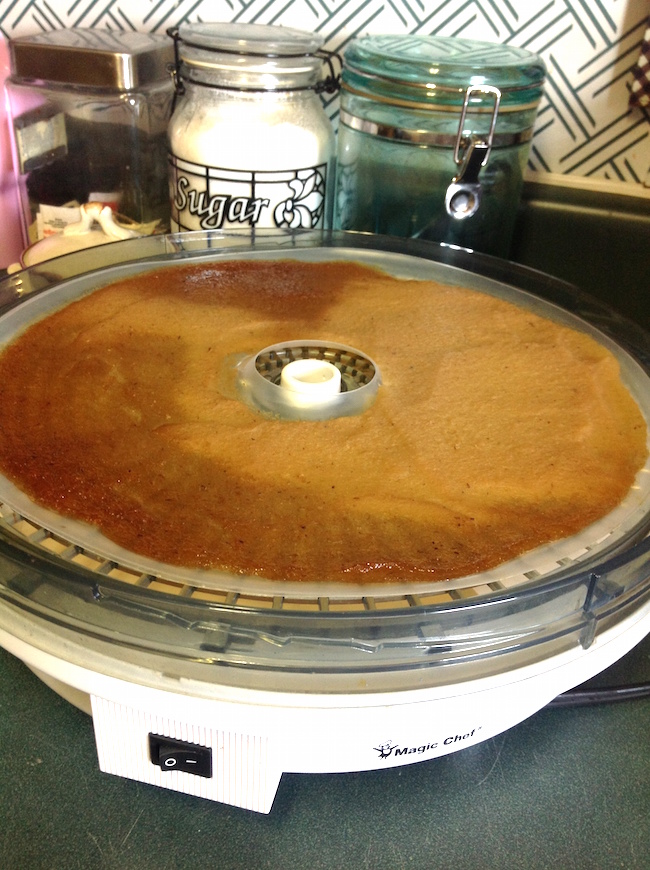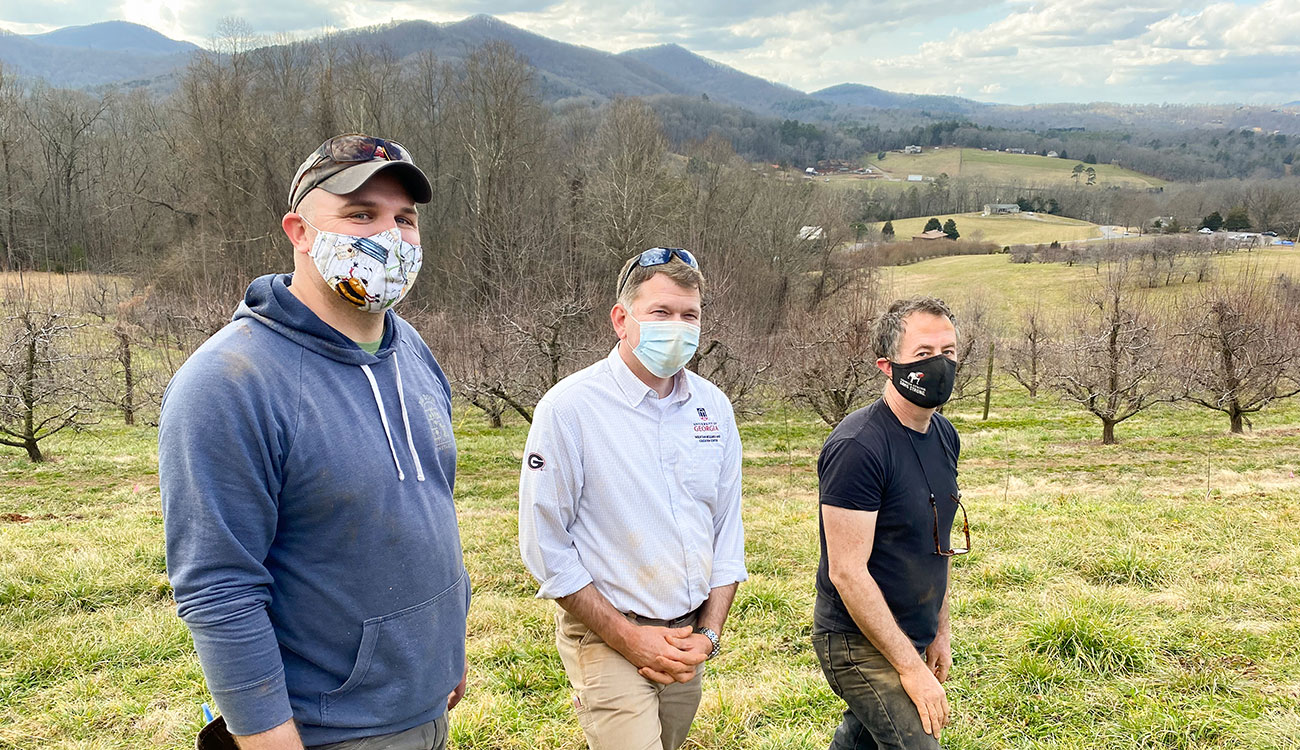 CAES News
CAES News
Heirloom Varieties
The names tick off like racehorses or colors from some fancy catalog: Carolina Red June, Duchess of Oldenburg, Hewe’s Crab and Rabun Bald, Limbertwig, Nickajack, Parks’ Pippin and many more. But these aren’t paint chips — they’re apples, hundreds of varieties that thrived in orchards across North Georgia a century ago, before an evolving apple industry swept them off shelves and tables, never to return.

